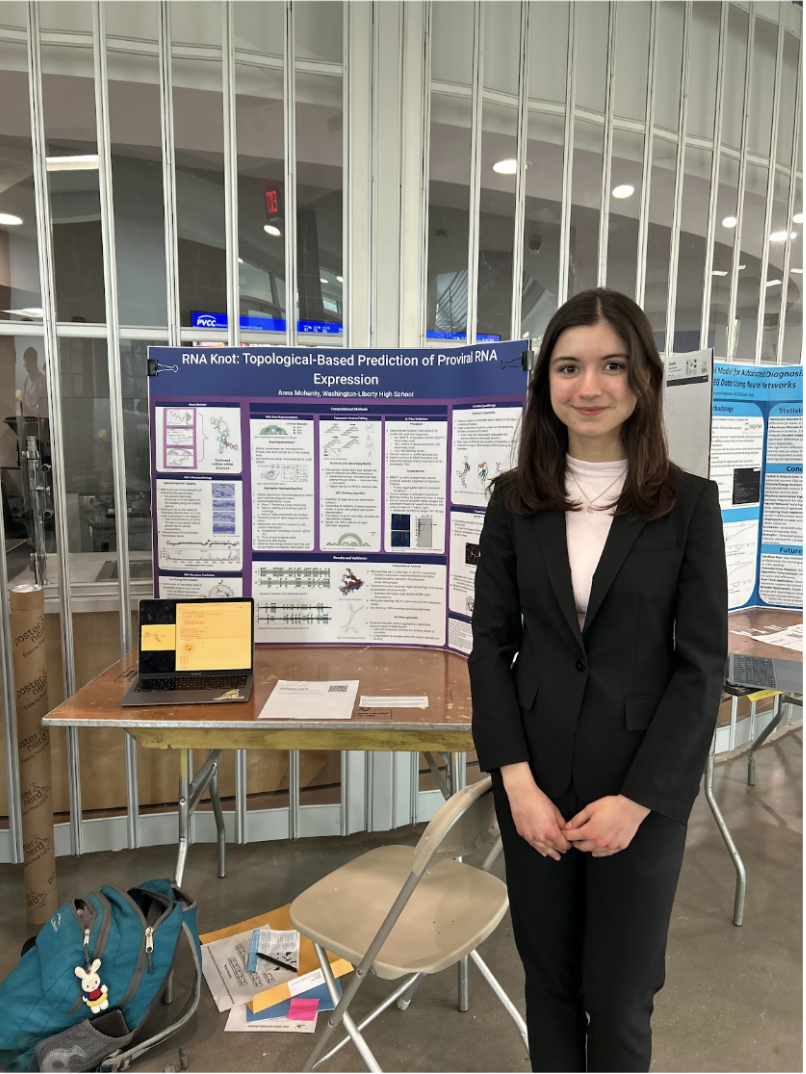
Some of the most well-known banned books are “The Bluest Eye”, “The Hate U Give”, “The Giver”, “To Kill a Mockingbird” and “1984”.
Banned Books Week is usually observed around the last week of September. However, this year, it was observed in the first week of October instead. Banned Books Week began in 1982 when there was a surge in the number of books being challenged. It is observed and celebrated by teachers, readers, librarians, and publishers alike. Banned Books Week marks the freedom to read what you want.
This year, there was a significant increase in the number of books that were challenged compared to years past. People make an effort to remove books for a variety of reasons, such as they contain graphic violence, sexually explicit content, or offensive language. Sometimes books are even challenged for addressing sexuality or race, like “Gender Queer”, “All Boys Aren’t Blue” and “The Hate U Give”. A book being challenged means that an individual or a group of people disapproved of the material in that book and made an effort to try and remove it.
When asked, freshman Sarah Freedman thought there were any benefits to banning books she expressed her belief that banning books only negatively affected those impacted.
“[Banning books] just leads to a more close-minded perspective for children.]”Freeman said.
Librarian Debbie Germosen voices that banning books takes freedom away from students.
“It impacts your freedom to explore [and] read whatever you want. Even though you’re not an adult, you still should have the right to read whatever you want.” she said.
English teacher Ms Candice Barbara thinks students should be interested in banned books, although she noted that there might be hesitancy in teaching or reading banned books because of the worry of crossing a line.
“But at the same time, when you enter a school building, the hope is that every student is going to be pushed out of their comfort zone, in a way that helps them grow into even better people,” Barbara said. She commented that limiting what students can read will prevent them from learning about new perspectives.
“If we do not read banned books, we are doomed to repeat the same patterns of behavior and thinking.” Barbara said. “This is why we are seeing the same mistakes happen repeatedly, because we are not learning from our past or preventing new ideas/perspectives [from entering] the conversation.”
Reading banned books can open students’ minds to many new perspectives. Many authors of banned books are Black, people of color, and/or LGBTQ+. Reading their books can give you a better understanding of the perspectives of other people and what they have gone through. Since many books that have been banned address experiences that not everyone might have gone through, by reading those books you can start to understand other people’s perspectives and develop empathy.
“I think books that students can identify with and find human elements of someone different from them is incredibly important.” Librarian Katie Yu said. She commented on how it is important for kids to be able to see themselves in stories. “I think that it is more important for someone to feel humanized and seen than to [ban books].”
Barbara agrees, adding that books are powerful.
“You never know what you will learn when you open a book and lose yourself in the pages.” Barbara said.













